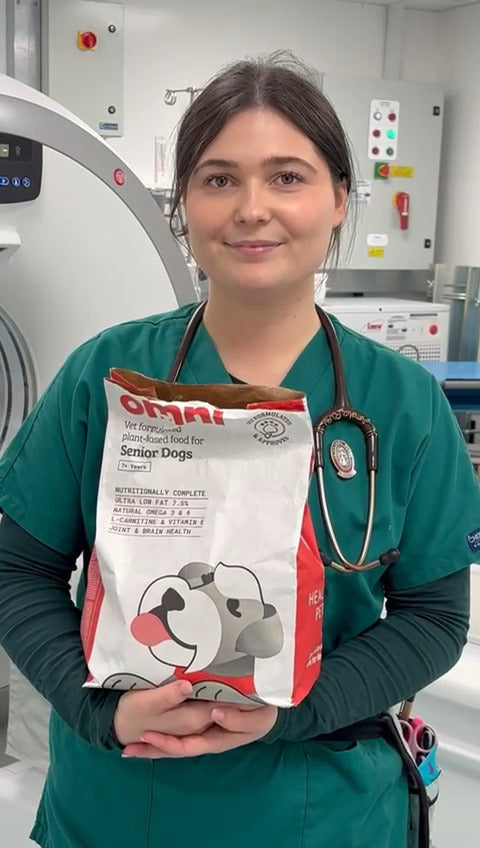Omni is in London!

Omni is on Regents Street in London!
Omni is stocked in the amazing Raye pop-up store for their Christmas edition!
Raye is an experiential store featuring a curation of emerging food, wellness and drink innovations, festive gifting & more among a shoppable green haven curated by ‘patchplants’.
Our vet formulated core life stage diets are on their shelves at the perfect time - a new study, using our delicious plant power, has just been published in a peer reviewed journal. It documents all sorts of potential health benefits that may be seen upon switching to Omni. Check it out below if you haven’t had the chance yet!
Link: ‘Reported Health Benefits of a Vegan Dog Food – A Likert Scale-Type Survey of 100 Guardians’
The full hours for the store are listed below but we have a special sampling session there 10:30 - 12:30 on Saturday the 17th of December, we’d love for you to drop by!
Full hours: Friday 04.11 - Sunday 18.12 // 10am - 7pm Mon-Sat // 12- 6pm Sun
Address: We Are Raye 310, 312 Regent St., London W1B 3AU







 85 Great Portland Street, 1st Floor, London, W1W 7LT United Kingdom
85 Great Portland Street, 1st Floor, London, W1W 7LT United Kingdom